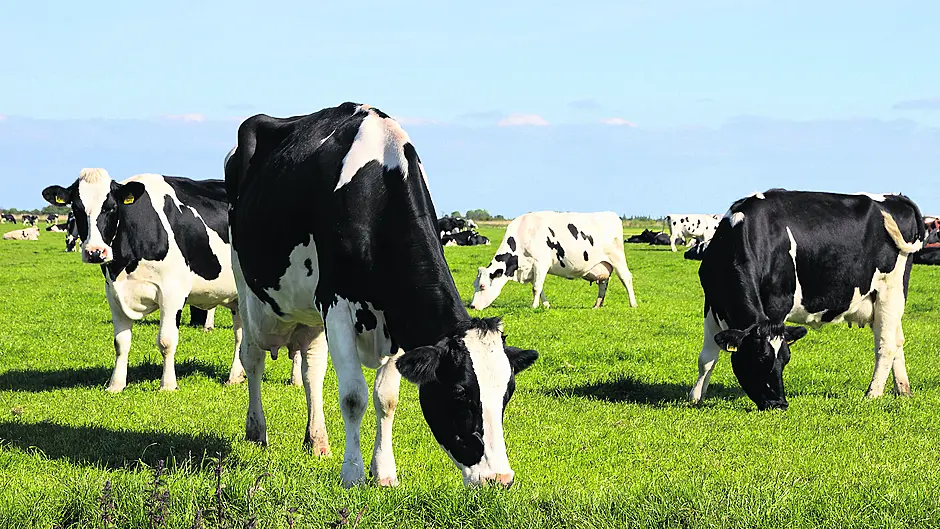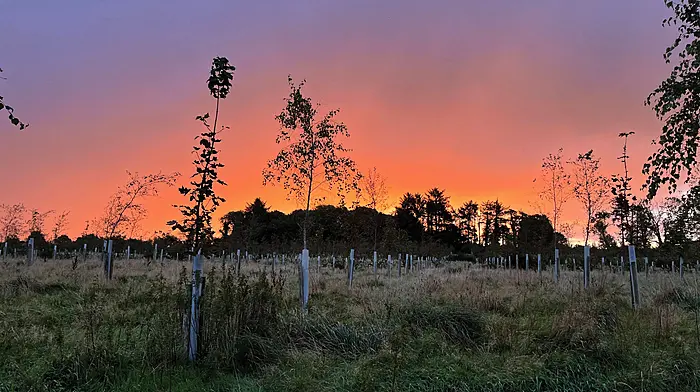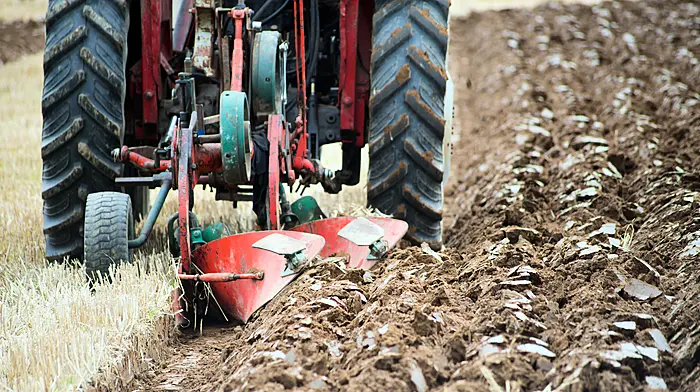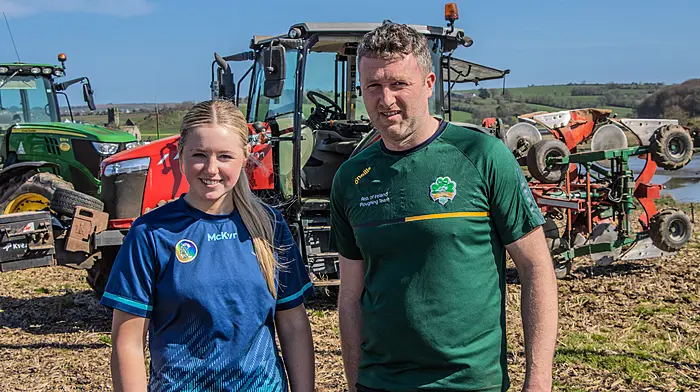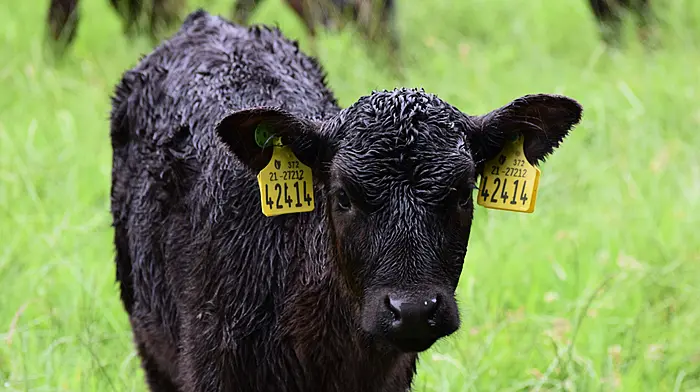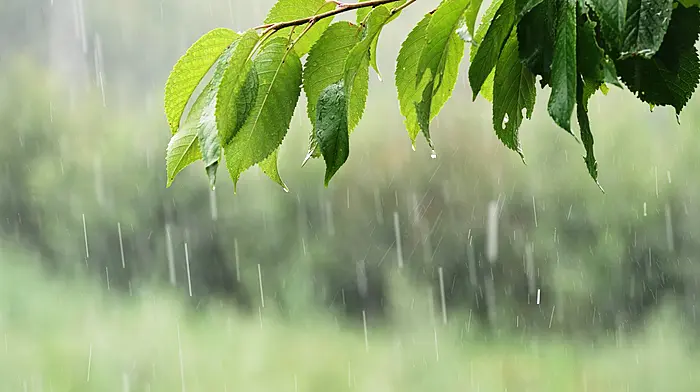By Michael Connolly
WE are gone beyond the spring equinox, so the days are getting longer. With the dry and sunny weather we are enjoying, our attention should turn to getting cattle out of sheds as soon as possible on beef farms. Grass is our cheapest feed by far compared to silage or meals.
This advantage is even more pronounced with the impact of the war in Ukraine with escalating fertiliser, meal and diesel prices.
Walk your farm to see how much grass you have.
Get your Teagasc adviser to visit if you need help with putting a grazing plan in place.
Silage fields can be successfully grazed until April 10th and then closed to give you a high quality first cut of silage in late May.
Remember even though silage is plentiful at present, we must ensure to cut enough this spring/summer to prevent a potential fodder crisis as we had in 2018.
Make maximum use of slurry as a fertiliser, as chemical fertiliser is getting very expensive and may not be readily available.
Aim to work off a 21-day rotation on grazing fields and be prepared for on/off grazing if the weather conditions decline significantly later on. Good farm roadways are a help to improve access.
Graze the silage and wetter ground now while the weather is good.
Getting cattle out to grass reduces the workload of feeding, bedding and slurry management.
Also on mixed cattle and sheep farms lambing is underway or will be shortly, so getting cattle out reduces labour in a big way.
Before turnout make sure you have given any vaccines required especially blackleg if it is a problem on your farm.
Areas of bare soil or feeding points can be a source of these fatal clostridial infections when vegetation grows back on these areas later in the growing season.
Fencing off these areas will help prevent infection but vaccination is the safest option to prevent the loss animals.
From a labour point of view, it helps to get the genomic tagging done for the BDGP scheme and weighing of cows and calves for Beep if the calves are near five months old to prevent the need to rehouse for these tasks.
Suckler cows and calves are much healthier outside due to a lower disease risk.
Keeping calves in sheds at this time of the year can lead to calf scour and thrive problems as well as mastitis in cows.
Cows are slower to go back incalf while indoors so turnout to grass will help to ensure a compact calving season next spring. Before full turnout, suckler calves should be allowed out of the shed to graze nearby paddocks.
This will acclimatise the calves to grazing outside and get over shed blindness and possible accidents from sudden turnout. In addition, it has the added bonus of reducing the cow to calf bond that helps to put the cow back in calf sooner.
Lighter cattle should be left out to graze first, especially when grazing conditions are difficult.
It is always a good idea to hold them in an open yard for an hour or so to prevent galloping, pasture damage and possible accidents.
After turnout, make sure to walk your farm weekly to assess grass cover and manage accordingly using the Teagasc Pasturebase programme.
Your Teagasc advisor can help you to get going on Pasturebase.
If grass goes ahead of you, tighten the cattle and cut the surplus as extra silage. This may be very valuable facing into next winter with the rapidly rising costs of all inputs.
Remember also that if grass is not actively grazed now as we approach April, the quality and total yield of the grass will deteriorate for future grazing. We should aim to graze each field or paddock at least ten times during the grazing season to maximise grass production on our farms.
• Michael Connolly is a beef and sheep advisor based in Skibbereen and working out of the Bantry clinic daily. He also specialises on the environment and technology.

